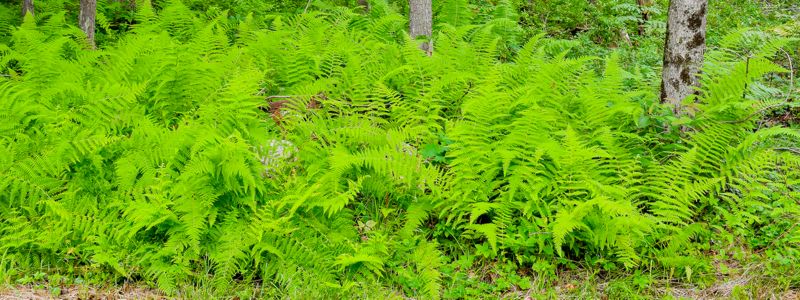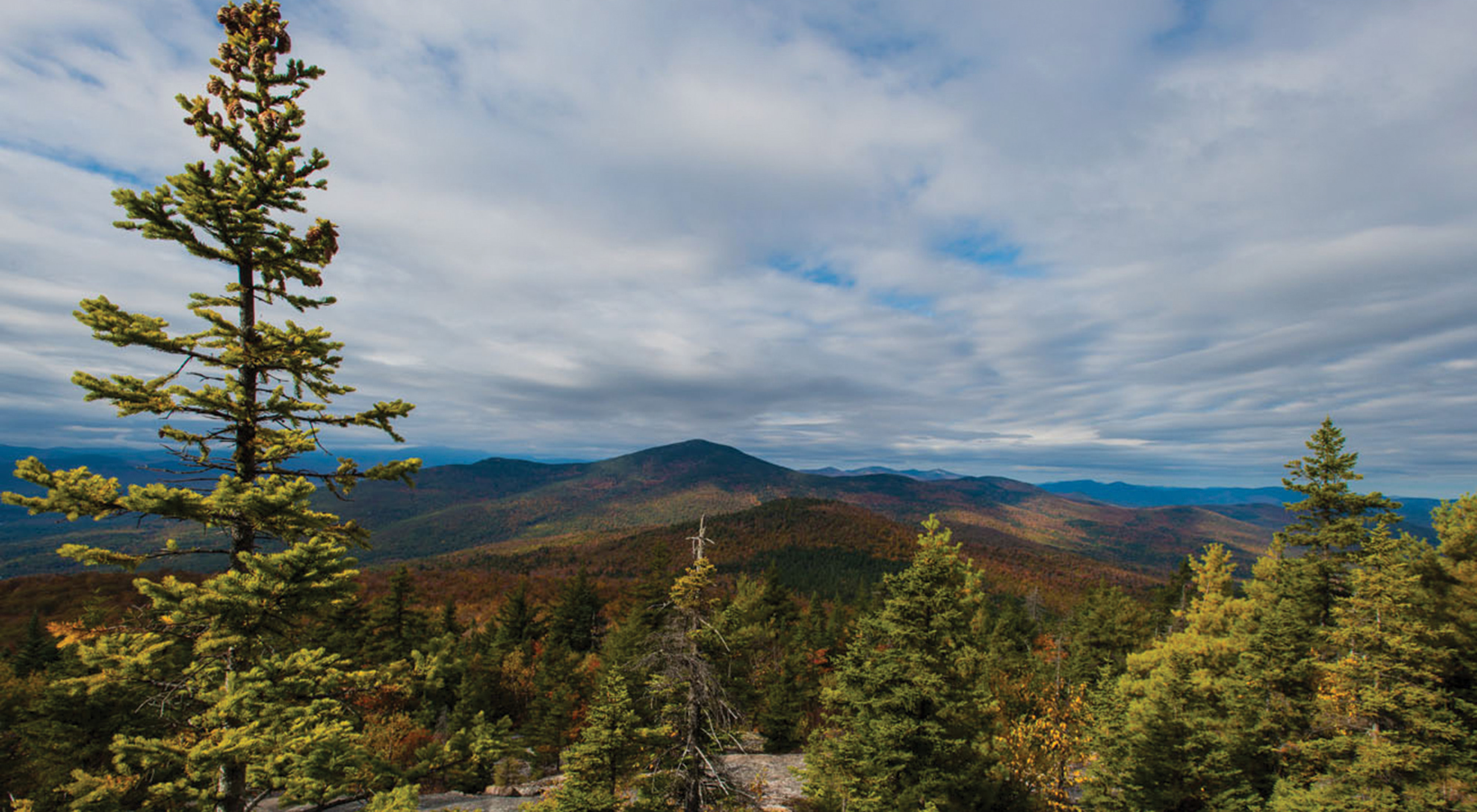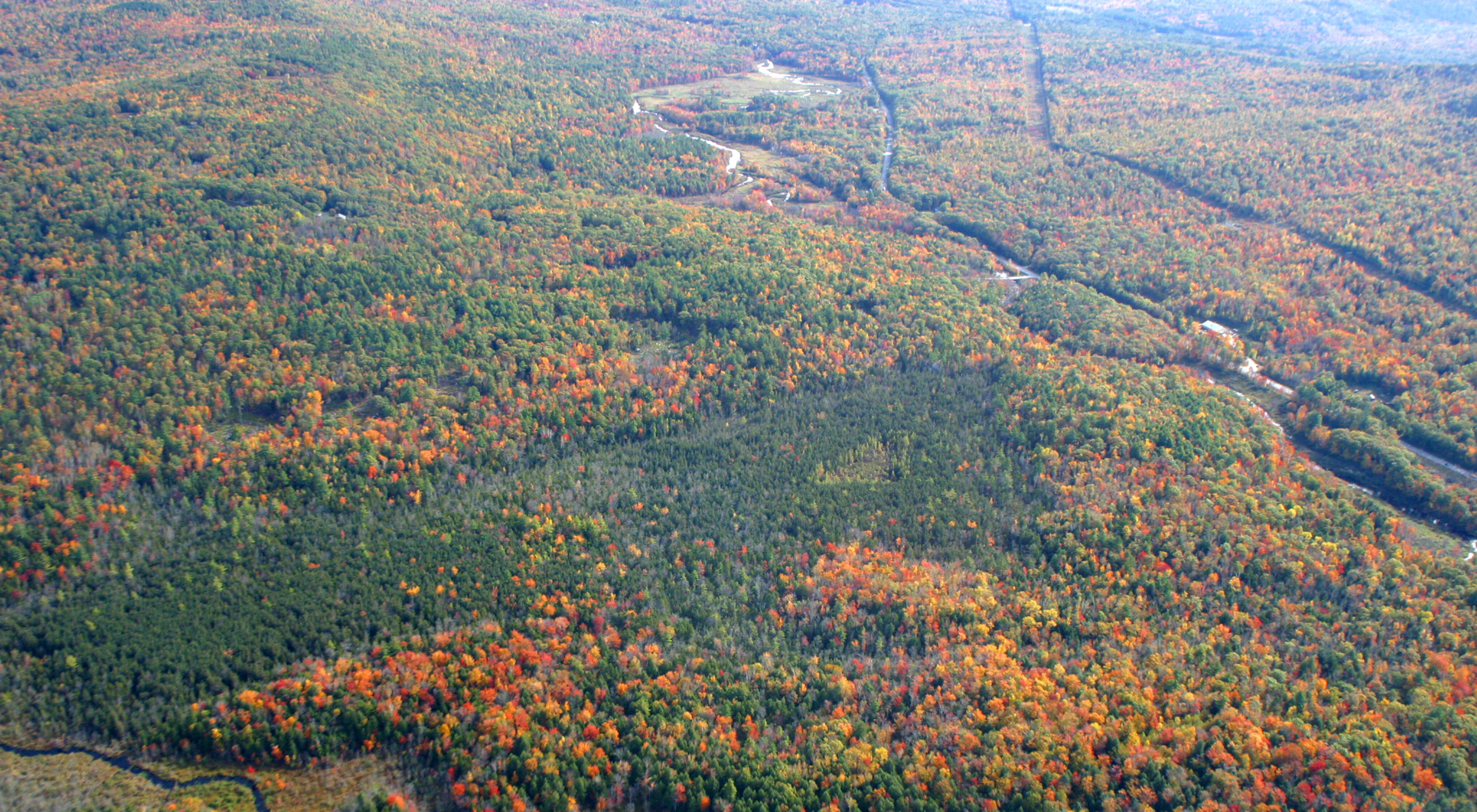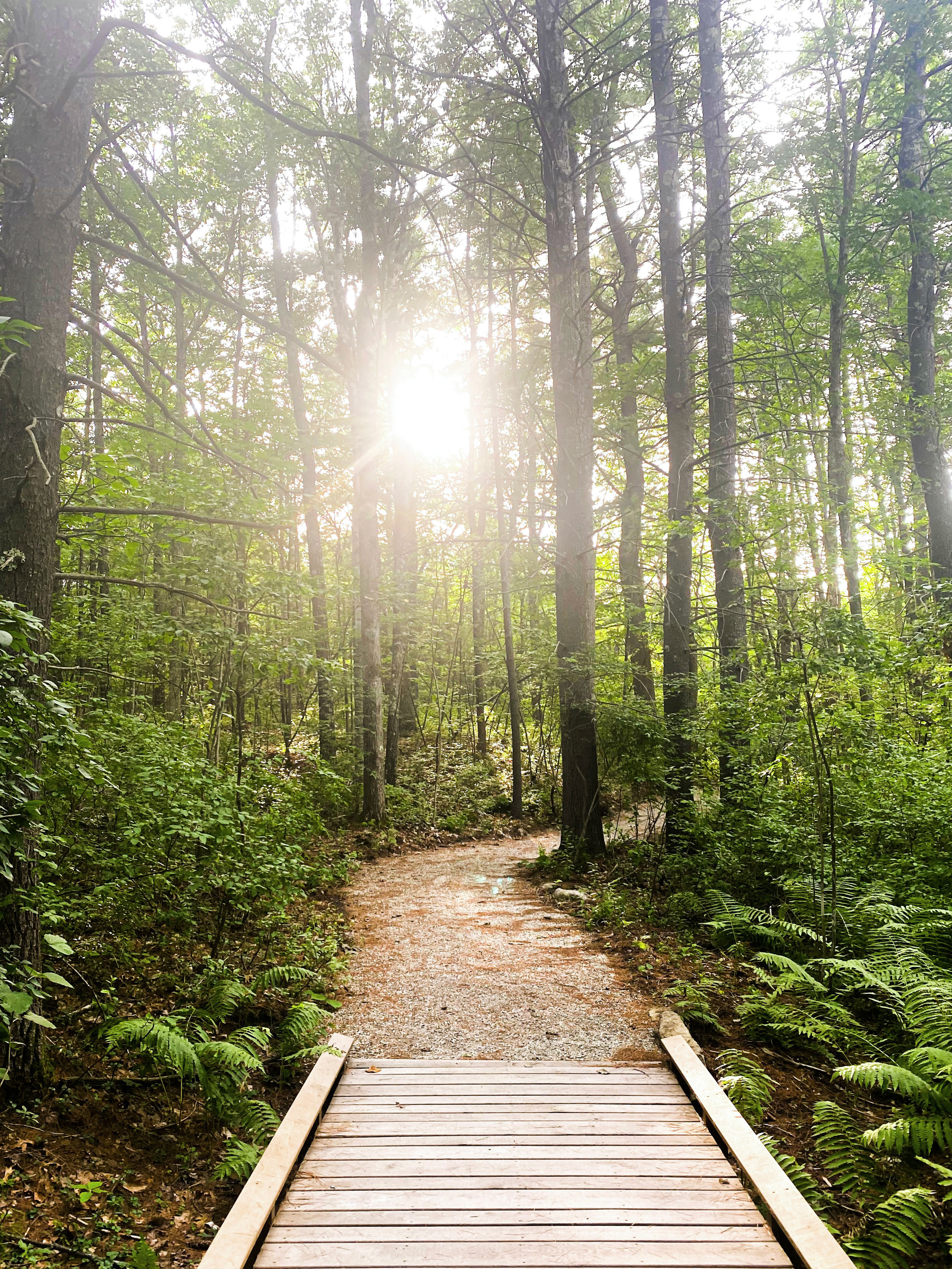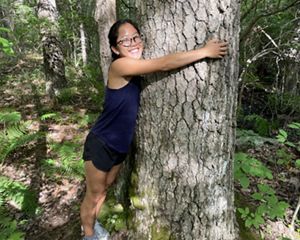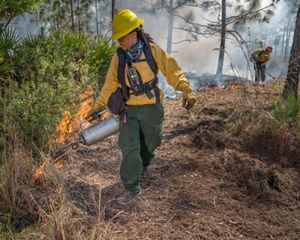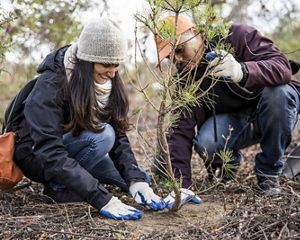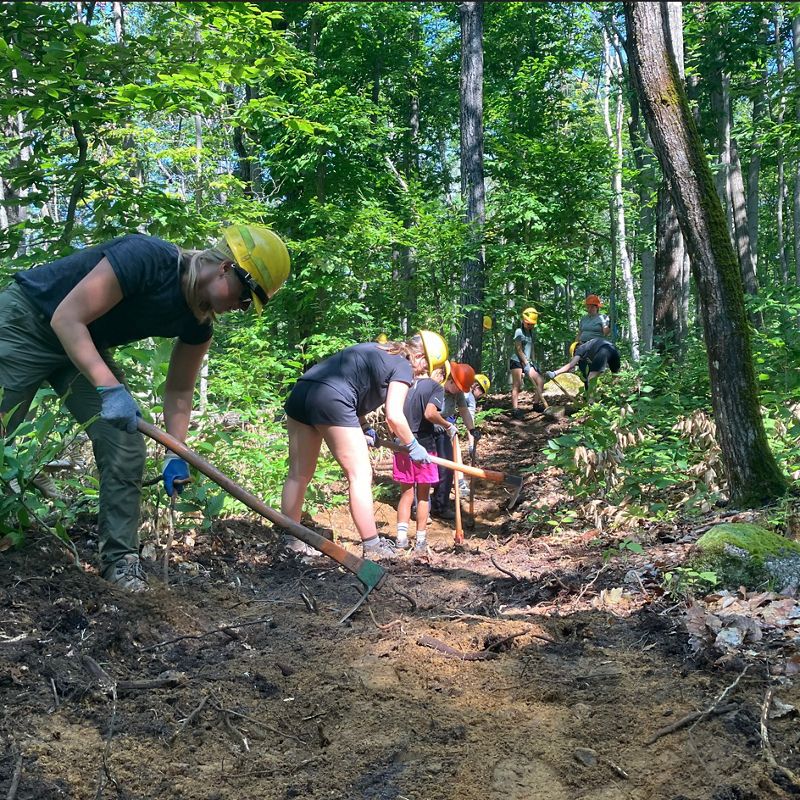
What Does It Mean to Steward Land and Manage for Resiliency?
Successful conservation requires science-based stewardship. Learn how we’re ensuring a healthy future for New Hampshire's lands.
The Nature Conservancy has helped to protect more than 300,000 acres of land across New Hampshire since 1961 while leading large-scale conservation efforts that protect the lands and waters critical to the health and well-being of both people and nature.
We steward lands protected both through outright acquisition and conservation easements, and we commit to ensuring sound, long-term stewardship of these properties. Whether we’re planting trees to restore forests, conducting controlled burns to ensure vibrant habitats persist or working with volunteers to remove invasive species, we consider the impacts our choices will have on wildlife, local communities and the people who visit our preserves. We strive to use our preserves to develop and learn about innovative land management practices that can support partners, private landowners and others with this work.
Our stewardship actions not only enhance the visitor experience but ensure the lands we steward stay resilient in the face of a changing climate.
Our Stewardship Goals
We're working with landowners, nonprofits, government and community partners to ensure a healthy future for New Hampshire’s lands.
Our Work
To achieve our stewardship goals, we are focused on restoration and collaboration to achieve broader impacts and our commitment to the lands we steward.
Restoration and Collaboration to Achieve Broader Impacts
Conservation doesn't stop once a property is protected. New Hampshire's lands and waters are continually under threat from climate change, invasive species, pests and pathogens, fragmentation and disrupted natural processes. Utilizing a deep bench of expertise and authentically cultivated relationships, our stewardship staff work tirelessly to test innovative techniques and creative solutions to restore habitat and sustain biodiversity within the lands we steward.
Working together with state and federal agencies, local land trusts, conservation organizations and partners, we can help to drive conservation actions well beyond the borders of our lands.
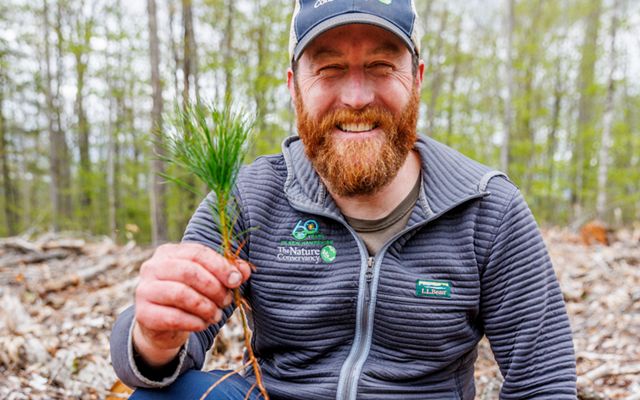
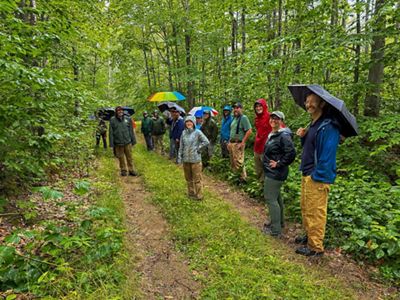
Ecological restoration and management efforts are ongoing at our preserves across New Hampshire. Over the past few years, we've led several restoration projects to improve the lands and waters of the Granite State. From planting trees and restoring floodplains to controlling invasive species and using controlled burns, we're working to ensure the brightest, most resilient future for these incredible places.
Our conservation impact is magnified when we work together. That's why we partner with other land managers to enhance our shared capacity for tangible, lasting results. In New Hampshire, we collaborate across organizations to pilot emerging management techniques, share resources, apply science and data, and learn from experiences. By supporting each other, we can all best manage the lands we steward toward a more healthy and resilient future.
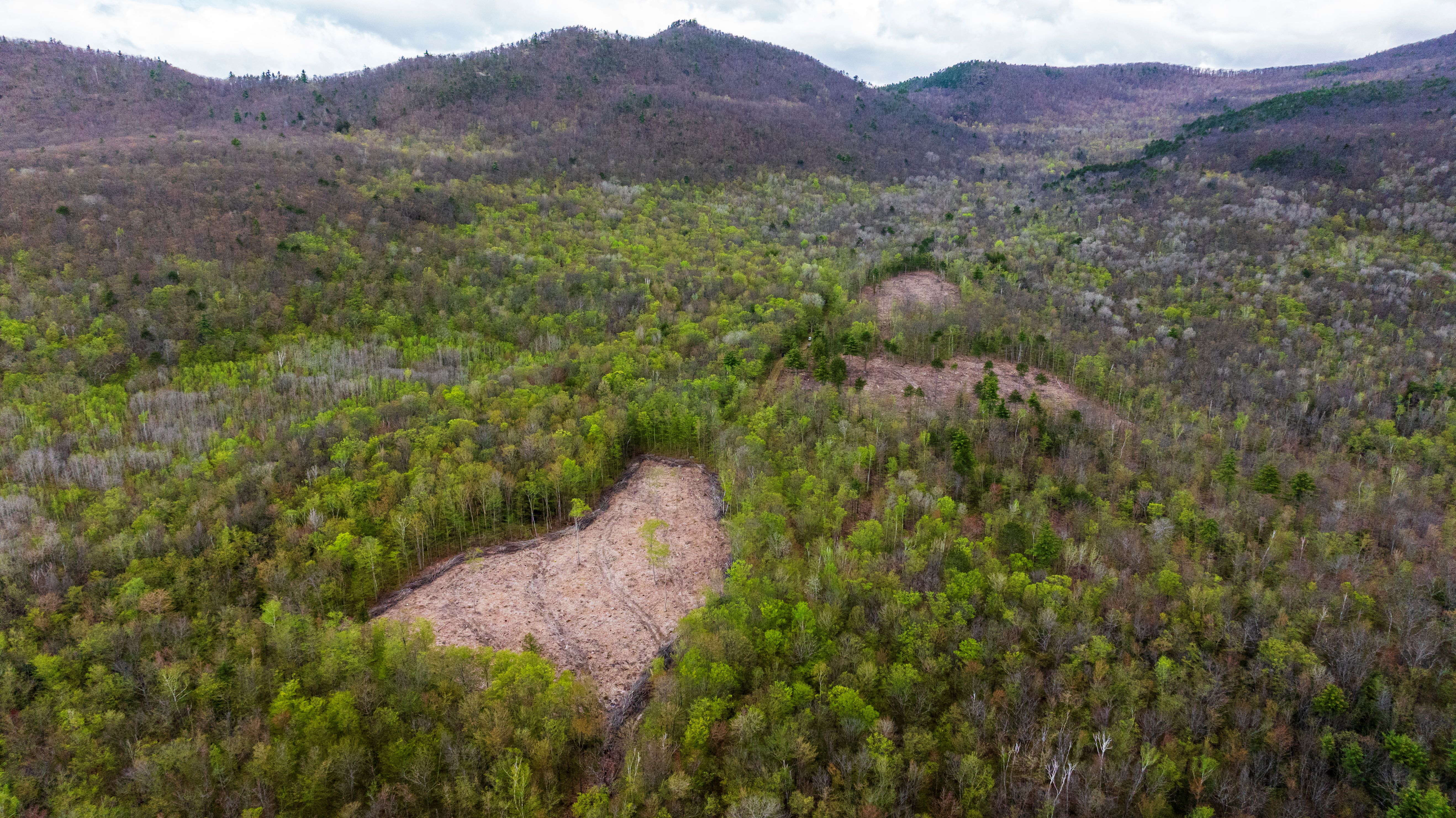
Fostering Healthy Forests in a Changing Climate
We talk a lot about resilient landscapes. But what does it even mean? For forests throughout New Hampshire, that means making sure they have what they need to support biodiversity, store carbon and continuously adapt to and thrive in a changing climate. As temperatures rise and our forests’ needs change, our stewardship practices have to change with them.
The Climate Resilient Forest Management Program is a collaborative initiative aimed at helping these forests adapt to climate change. By bringing together land managers, landowners and foresters, the program develops future-focused methods to support biodiversity, store carbon, protect sustainable sources of timber to support local economies, and enhance forest resilience. Working together, partners have identified common goals and barriers, emphasizing the importance of having diverse tree species and many age classes of trees in the forest. Demonstration sites like TNC's Green Hills Preserve and Surry Mountain Preserve showcase resilient stewardship practices being developed and tested collaboratively. This partnership-driven approach ensures shared knowledge and effective strategies to protect forests and the communities that depend on them.
Explore how this local work is contributing to large-scale efforts throughout the Appalachian Mountains to make these woods more adaptable—and resilient—than ever.
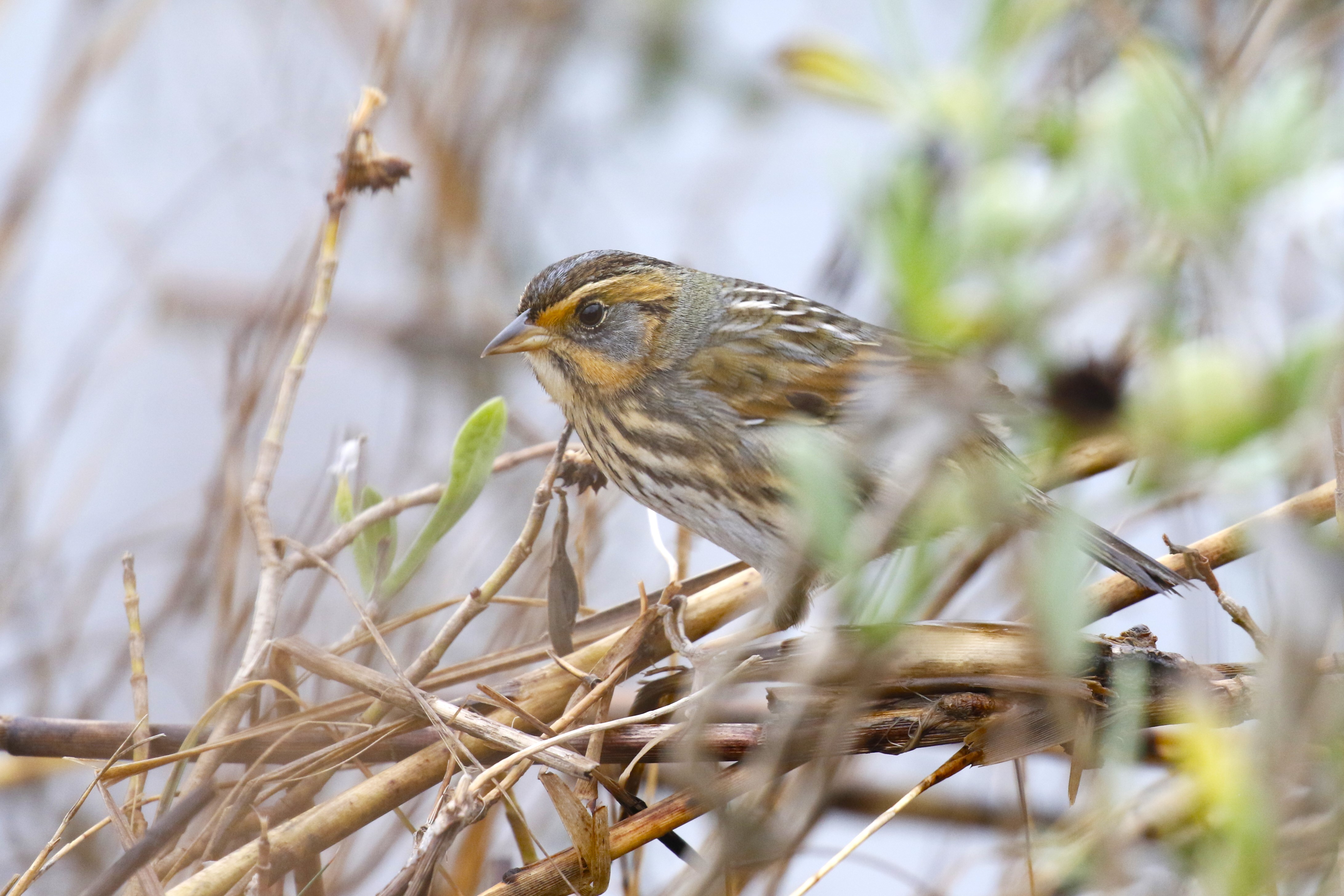
Restoring New Hampshire's Salt Marshes
Imagine standing on the edge of New Hampshire’s salt marshes, where the salty ocean breeze mingles with the earthy scent of marshland. These marshes are vital for protecting coastal communities from climate change, acting as natural buffers and providing habitat for uncommon wildlife like the saltmarsh sparrow. However, rising sea levels are threatening these ecosystems, causing high marsh areas to convert to low marsh and creating "mega-pools" of open water. This loss impacts species diversity, shoreline erosion control and storm surge protection.
To address these challenges, advanced modeling techniques predict future salt marsh persistence and identify migration corridors for protection and restoration. TNC is collaborating with municipalities, state agencies and a wide array of partners to upgrade tidal road-stream crossings to improve tidal flow and marsh health. Key restoration sites like Philbrook Pond and Lubberland Creek Preserve are being developed, with research on saltmarsh sparrows led by the Department of Natural Resources and the Environment at the University of New Hampshire informing future plans. Through these efforts, the conservation community aims to build resilience in New Hampshire’s salt marshes for future generations.
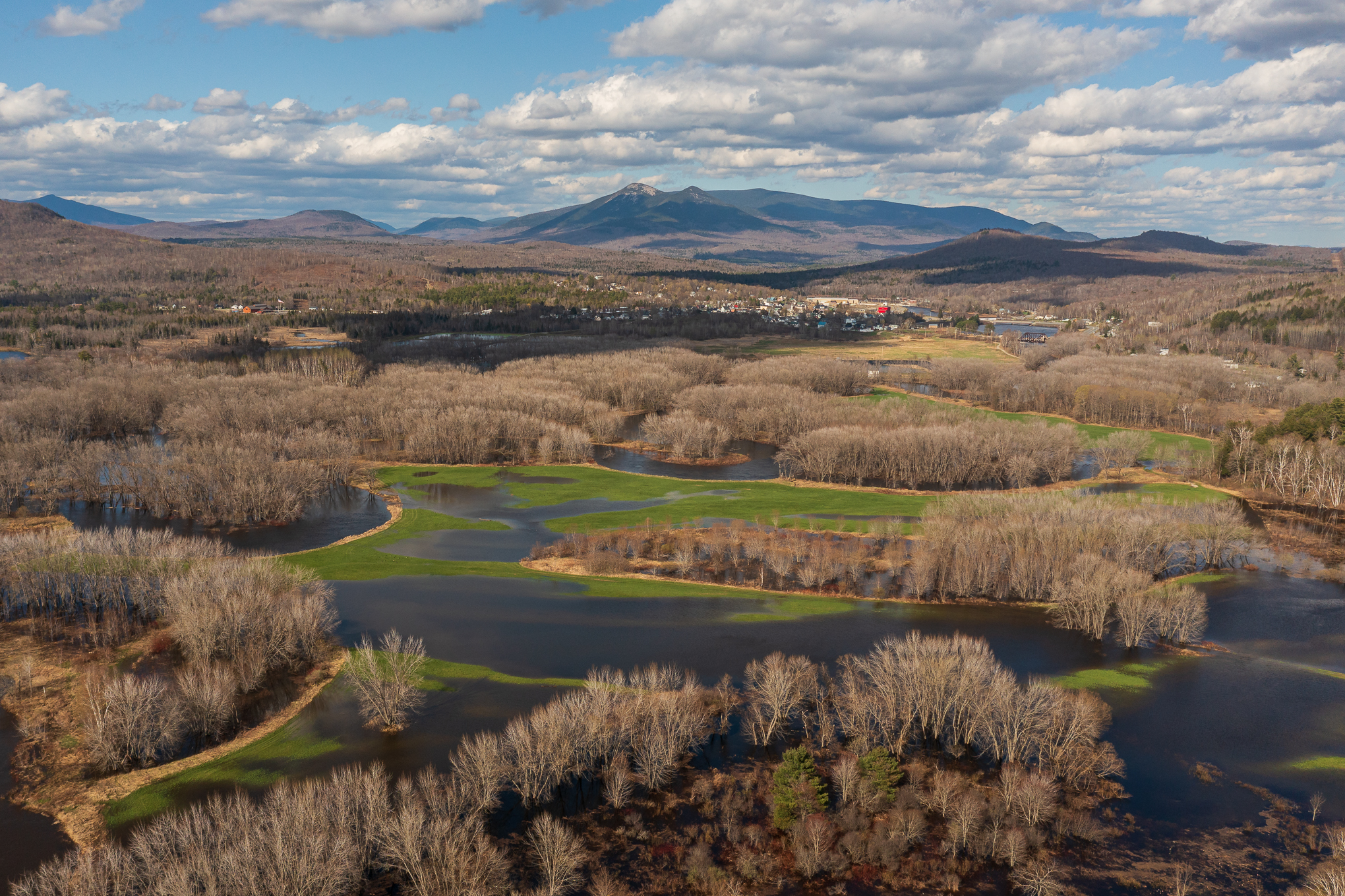
Re-planting Floodplains in Northern New Hampshire
Thanks to the woods, farmland and wetlands, the Maidstone Bends Preserve—located along the twisting curves of the Upper Connecticut River in Groveton, New Hampshire—protects drinking water for nearby communities. It also helps link a network of conserved lands across the Northern Appalachians and provides habitat for seldom seen plants like the satiny willow and majestic wildlife like the bald eagle.
We're working to restore 150 acres of floodplain forest habitat at the preserve. Over the next five to 10 years, TNC will plant trees and shrubs in the areas most vulnerable to flooding. If the project is successful, it will be the largest active floodplain restoration project in the history of New England.
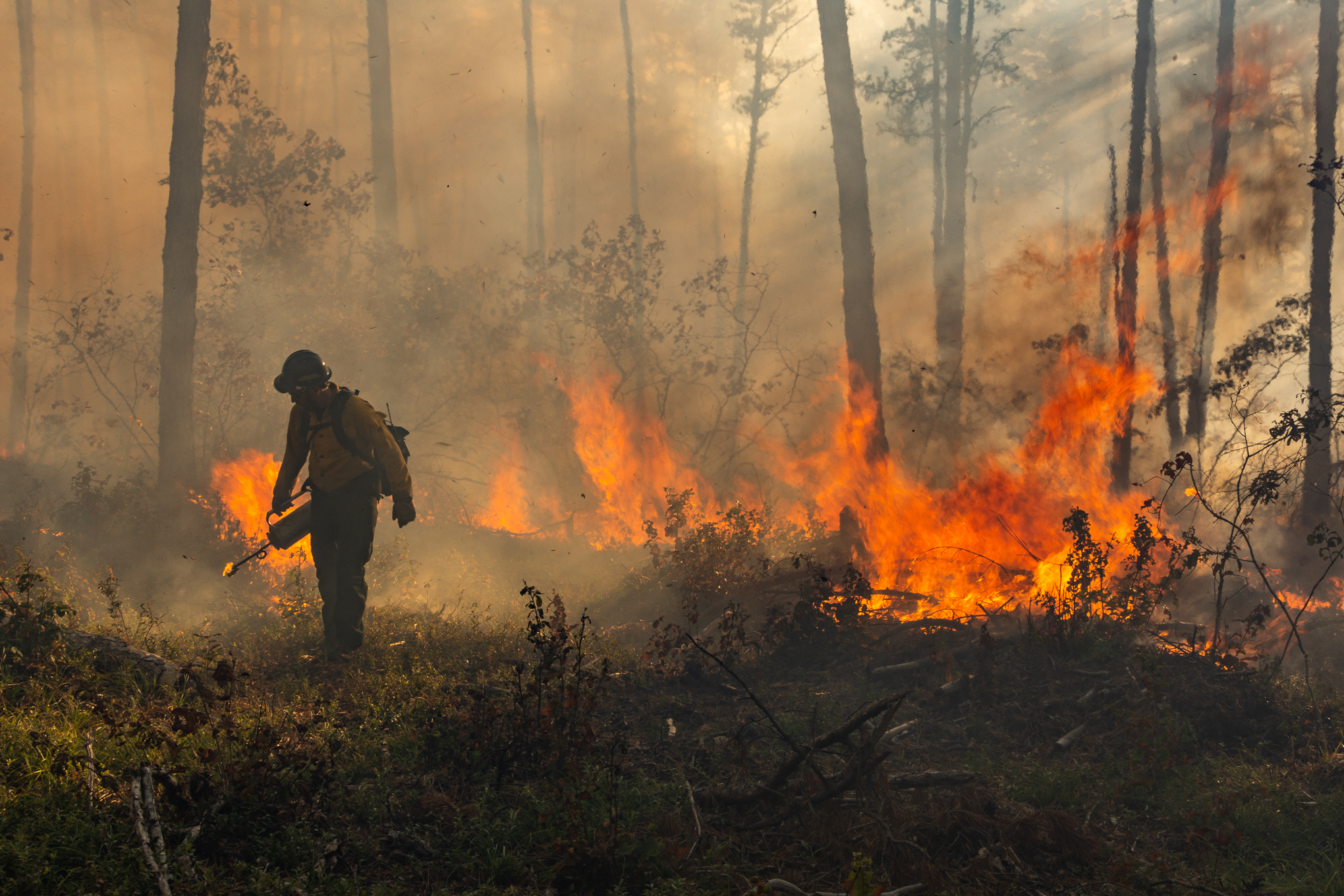
Using Fire to Restore the Ossipee Pine Barrens
Controlled burns are a proven method to restore some of our forests that depend on fire for maintenance and regeneration. Instead of preventing fires, we manage the natural process of fire to improve habitats for native plants and animals and reduce the risk of wildfires getting out of control.
Many plants and trees have adapted to fire and need it to grow or spread their seeds. Because natural wildfires have been suppressed for so long, rare plants and animals that rely on these fires could disappear. That's why we're bringing fire back to places like our Ossipee Pine Barrens Preserve, which includes a globally rare, fire-dependent habitat type.
Controlled burns are also critical in managing this place to be more resilient to invasive pests. The pitch pines here are a prime target for southern pine beetles, which have been making their way north and wreaking havoc on pine forests along the way. But thanks to efforts spearheaded by our stewardship staff, these invasive beetles are being kept in check—and the forest here is being kept safe. By using tree thinning together with controlled burns, we can create the conditions needed to encourage the next cohort of pitch pine and keep this forest safe and healthy.
Using fire in the right places and at the right times can reduce dry conditions, create healthy forests that attract diverse wildlife, support local communities and help keep people safe.
Dive Deeper
The Power of Fire
Fire is a critical resource for resilient lands. Learn more about how and why TNC in New Hampshire and Maine work together with fire.

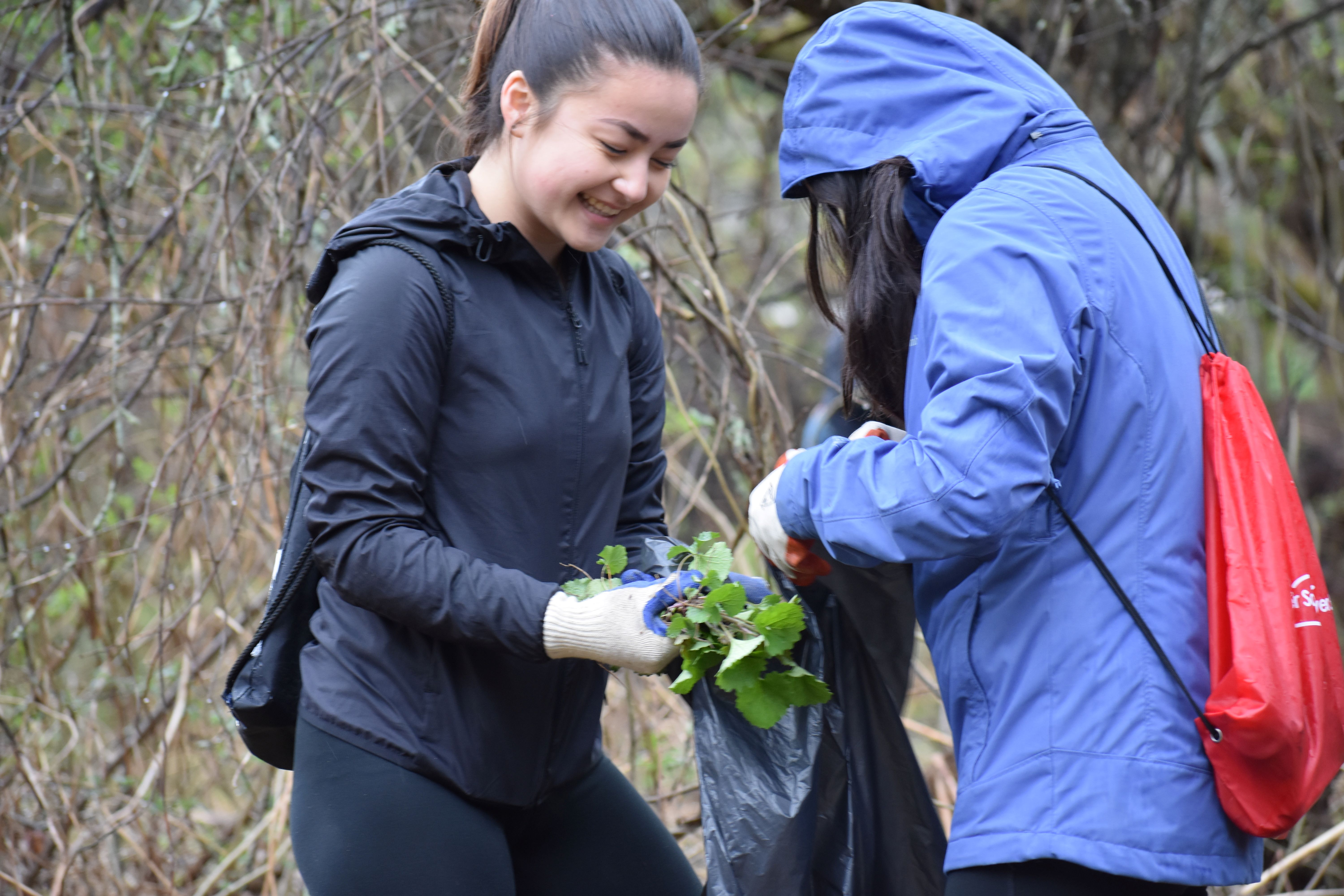
Managing Invasives in Our Coastal Watershed
A major threat to healthy forests is invasive species, which include plants, pests and pathogens. They have been degrading forest cover at several nature preserves, including the Lubberland Creek Preserve in Newmarket. At Lubberland Creek, invasive plants like garlic mustard threaten the fragile coastal habitat that supports a wide array of plants, trees, birds and wildlife. Using a combination of treatment options (including good, old-fashioned hand pulling!), we can work to prevent invasive species from gaining a foothold.
In addition to garlic mustard, our stewardship team, along with volunteers, are working diligently to tackle pest and plant invaders, such as southern pine beetle, hemlock woolly adelgid, ornamental bittersweet and more, throughout the coastal watershed and across the state.
Our Commitment to the Lands We Steward
We have a legacy of land protection in New Hampshire that we can be proud of, and the preserves and easements that we steward are even more important today. They are critical resources to help address the climate and biodiversity crises, as well as connect people to nature, TNC and our mission. That's why we're committed to practicing and learning about innovative stewardship approaches.
Land Protection in New Hampshire
By the Numbers
-
300,000
Total Acres We've Helped Protect
-
30
Nature Preserves
-
29,453
Acres in Preserves
-
116
Conservation Easements and Deed Restrictions
-
44,660
Acres in Conservation Easements and Deed Restrictions
We team up with local land trusts, public agencies and our supporters to enhance the strength and connectivity of our key landscapes. This helps us better safeguard the lands and waters that both people and wildlife depend on, which is essential for achieving global climate and biodiversity goals.
However, simply protecting these areas isn't always enough. Due to past management practices, invasive species, pests and pathogens, and climate change, we are actively working to restore our lands to a healthier state. Our protected lands across New Hampshire serve as living laboratories where we develop and test top conservation practices. These efforts not only improve our lands but also inspire, educate and influence others to advance strategic priorities.
Stewardship Spotlight: The Northern Appalachians
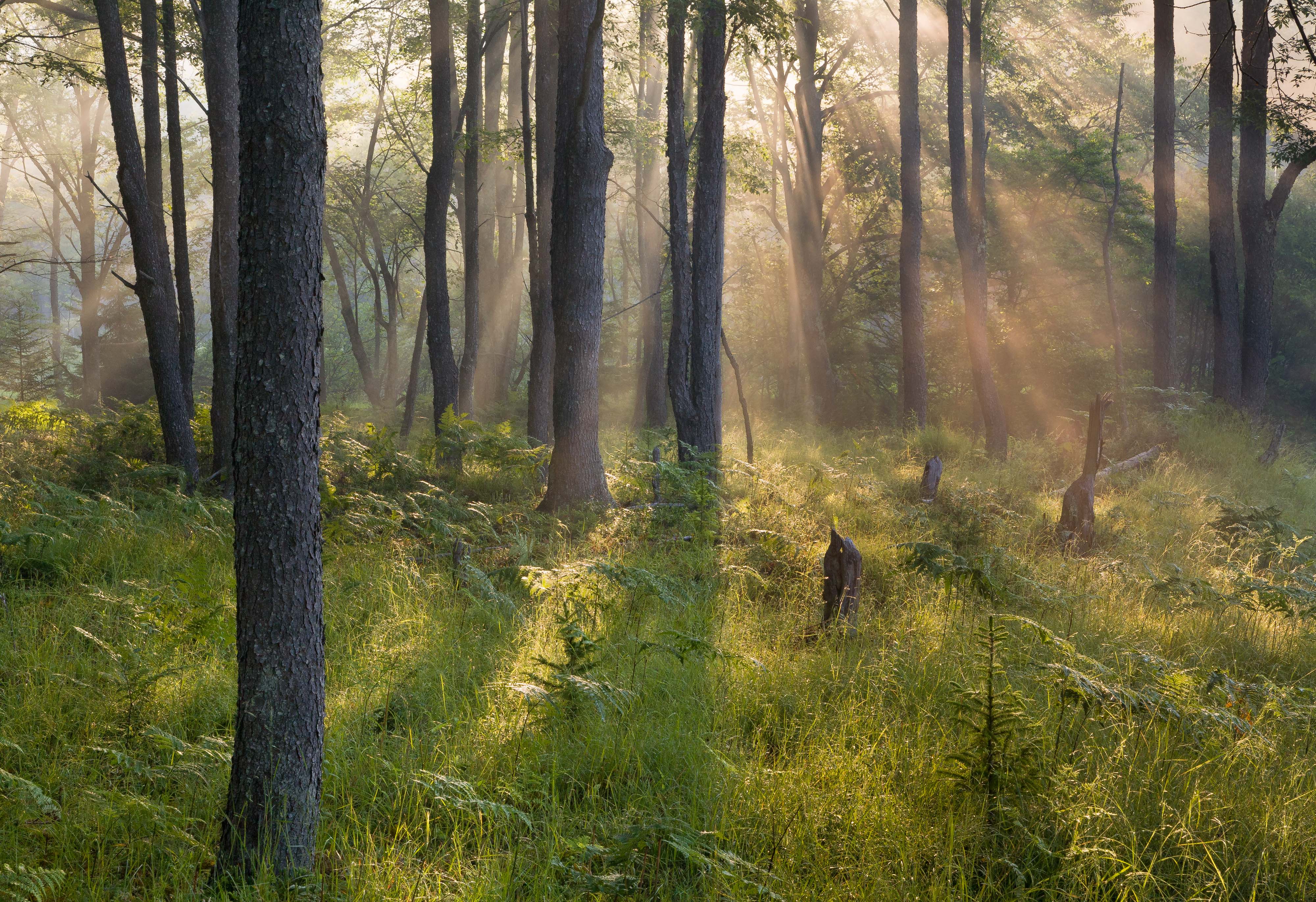
Northern Appalachian Forests
New Hampshire, the second most forested state in the U.S., is deeply connected to the lush forests and sparkling waterways of the Appalachians. Our diverse terrain, unique soil types and varied microclimates create a dynamic environment where animals and plants can adapt as the climate changes. These landscapes are not just beautiful; they provide clean drinking water for more than 34 million people and play a crucial role in storing carbon, helping to reduce the amount of planet-warming carbon dioxide in the atmosphere.
Keeping our forests intact, connected and healthy is vital for conserving a large, climate-resilient corridor along the Appalachians. This is more important than ever. Changes in land use and ownership are threatening to break up these forests, while poor management can weaken their ability to support diverse species, remain productive and function ecologically—both now and in the future as the climate continues to change.
To effectively conserve these precious Appalachian forests, we need strategies that protect and enhance their health and condition. By doing so, we can ensure that resilient ecosystems thrive on resilient sites, safeguarding our natural heritage for generations to come.
Some of the Places We Protect
Explore some of our preserves in the Granite State, and plan your trip to visit them soon!
Explore All the Places We Protect
TNC stewards 30 preserves across the Granite State, many of which are open for visitation.
See Our PreservesThe Appalachian Forest in New Hampshire
Explore how we are working to protect one of the most resilient, diverse and carbon-rich landscapes in the world, right here in New Hampshire and across the Northeast.
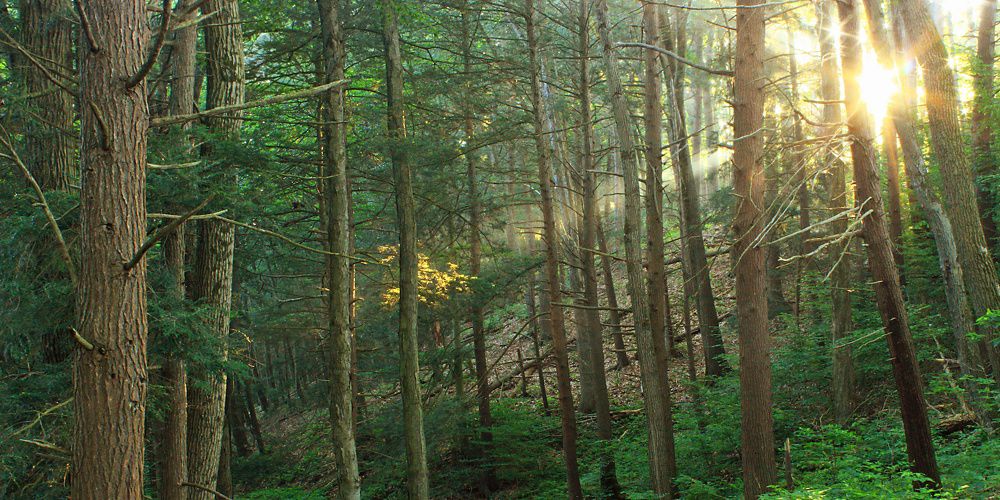
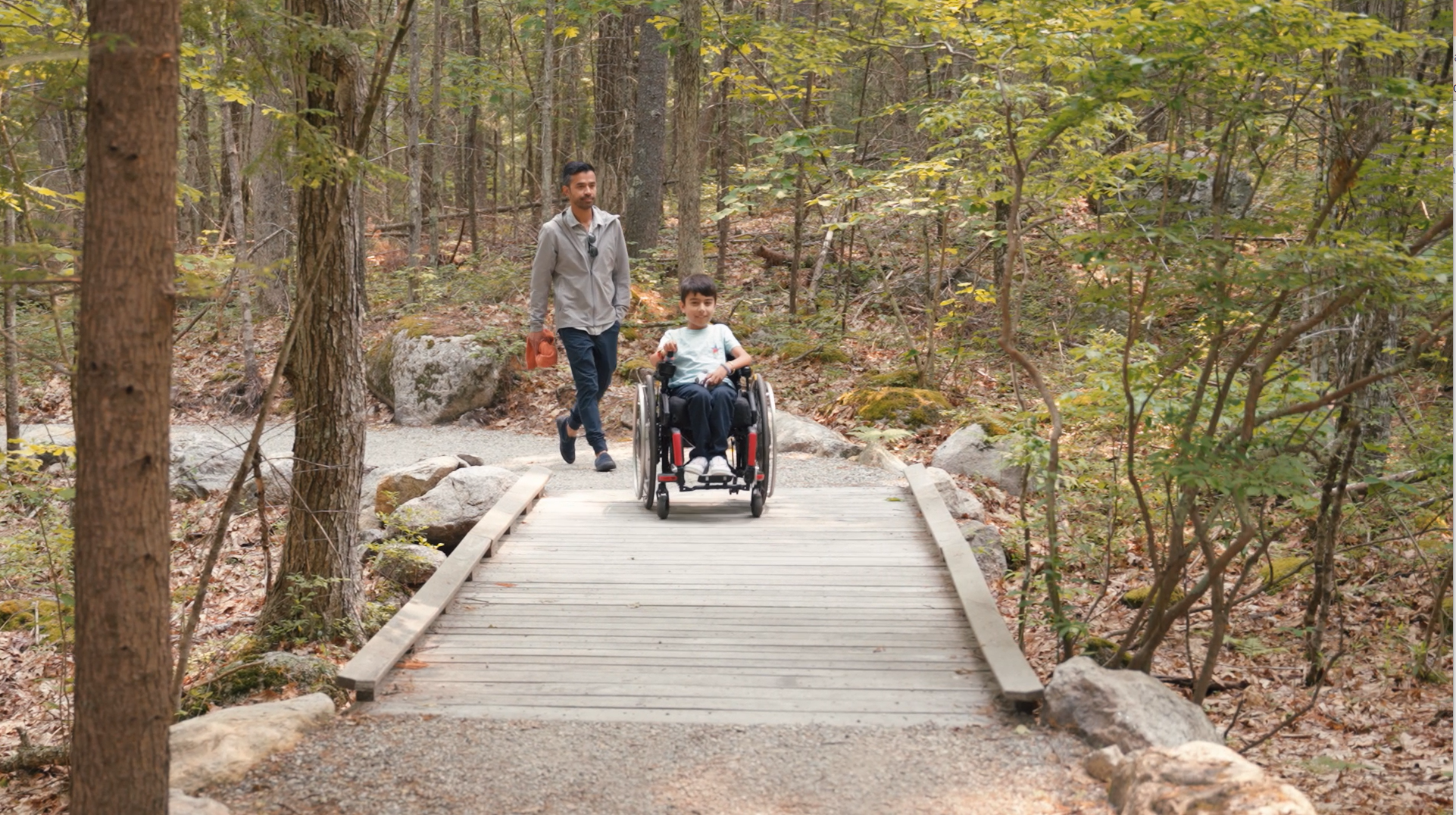
Ensuring Access for All
Nature is a wonderous place. But the reality is that not everyone can equally access our natural public spaces. For some, standard trails do not offer a sufficiently level surface, gentle slope or secure footing. Others may feel unsafe or uncomfortable being in the woods or navigating traditional trails. Still more may be limited by lack of transportation, language barriers, limitations in sight or hearing, and other reasons.
Breaking down these barriers is a vital step in ensuring that the outdoors is truly accessible for all. It is why The Nature Conservancy in New Hampshire has constructed universally accessible All Persons Trails at Manchester Cedar Swamp and Ossipee Pine Barrens, with the hope of introducing these beautiful places to visitors of all abilities and comfort levels.
Our stewardship staff continues to explore the lands we steward to identify possibilities for improving accessibility. This could include improved signage, audio tours, rest benches, standardized trail ratings and more. We are on a mission to build outdoor spaces that offer tangible opportunities for more people to not only experience the power of nature but also feel included and actively welcome.
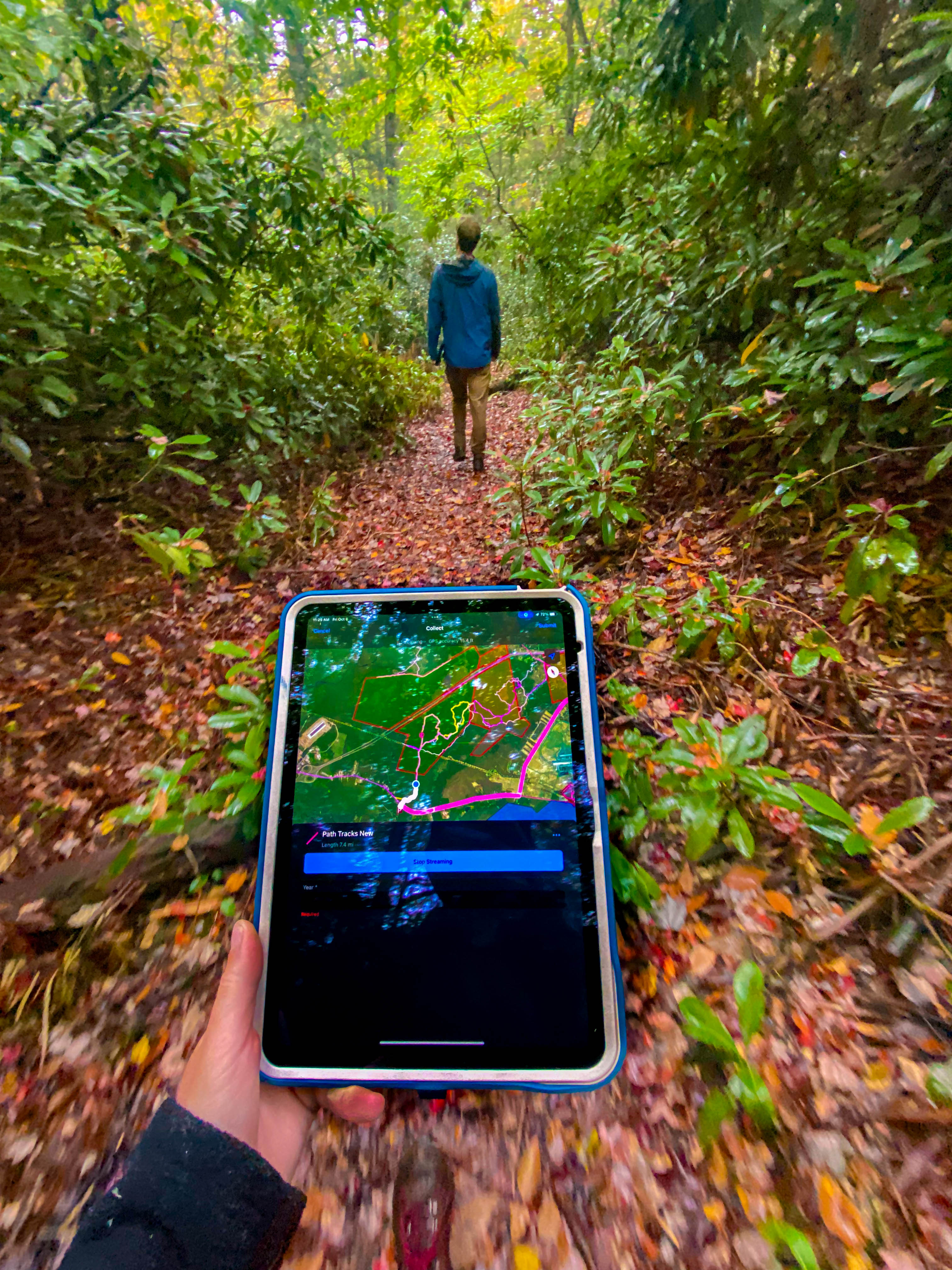
Monitoring the Lands We Steward
As a land trust accredited by the Land Trust Alliance Commission, we perform annual monitoring at our preserves and easements. Monitoring allows us to identify issues like encroachments and non-permitted uses of the land and take the appropriate actions to correct these issues.
We also conduct ecological monitoring at some of these places to better undertstand if there have been or is the potential for impacts from events like a significant natural disturbance, an invasive pest outbreak and more. This type of monitoring also allows us to track and identify the wildlife on our lands while simultaneously allowing us to look for threats to the resilience or conservation integrity of the land after a restoration project is complete. This regular monitoring is crucial for maintaining the health and biodiversity of our preserves. By systematically observing changes in the ecosystem, we can detect early signs of potential issues such as invasive species, habitat degradation or the impacts of climate change.
Our stewardship staff use a variety of tools and techniques, including wildlife surveys, vegetation assessments and boundary walks, to gather comprehensive data about the state of our preserves. This information helps us make informed decisions about management practices and restoration efforts, ensuring that our conservation goals are met and the natural beauty of the land is preserved for future generations.
Moreover, monitoring fosters a deeper connection with the land. It allows us to witness firsthand the positive effects of our conservation work and adapt our strategies as needed. Engaging with local communities and volunteers in these monitoring activities also promotes a sense of shared responsibility and stewardship, strengthening the collective commitment to protecting our natural heritage.
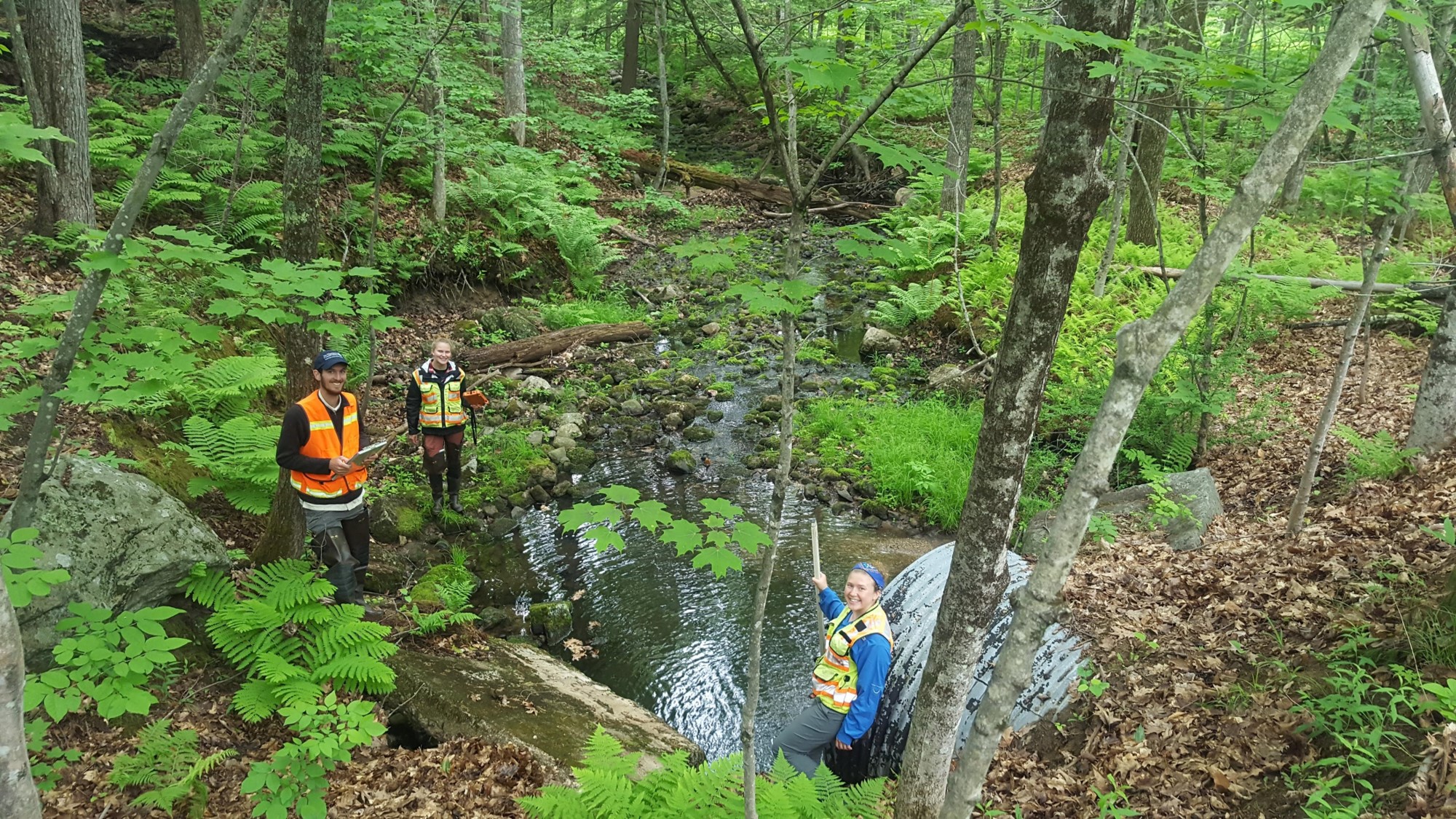
Using Easements for Conservation
In addition to monitoring our preserves, we also take great care to work together with landowners to monitor and manage conservation easements. A conservation easement is a permanent restriction placed on a piece of land to protect its natural features while the land remains owned by a private landowner, municipality, state or other organization. The easement can be voluntarily donated or sold by the landowner, and it constitutes a legally binding agreement that limits certain uses from taking place on the land. The restrictions placed on the property remain intact whether it is sold or passed to heirs. TNC agrees to hold the easement and enforce those restrictions over time.
Because the land remains owned by another entity, collaboration with the landowner to ensure everyone's expectations are met is key to success. Our stewardship staff take great care to build authentic and strong relationships with landowners. By fostering open communication and mutual respect, we can better understand the landowners' needs and concerns, ensuring that the conservation goals are met while also respecting their rights and interests. Regular check-ins, yearly property visits and collaborative problem solving are just a few ways we engage with landowners, creating a sense of partnership and shared responsibility. This approach not only helps in maintaining the ecological integrity of the land but also builds trust and long-term commitment to conservation efforts.
Think Global, Act Local
Get global conservation news & the latest on local opportunities & projects.
